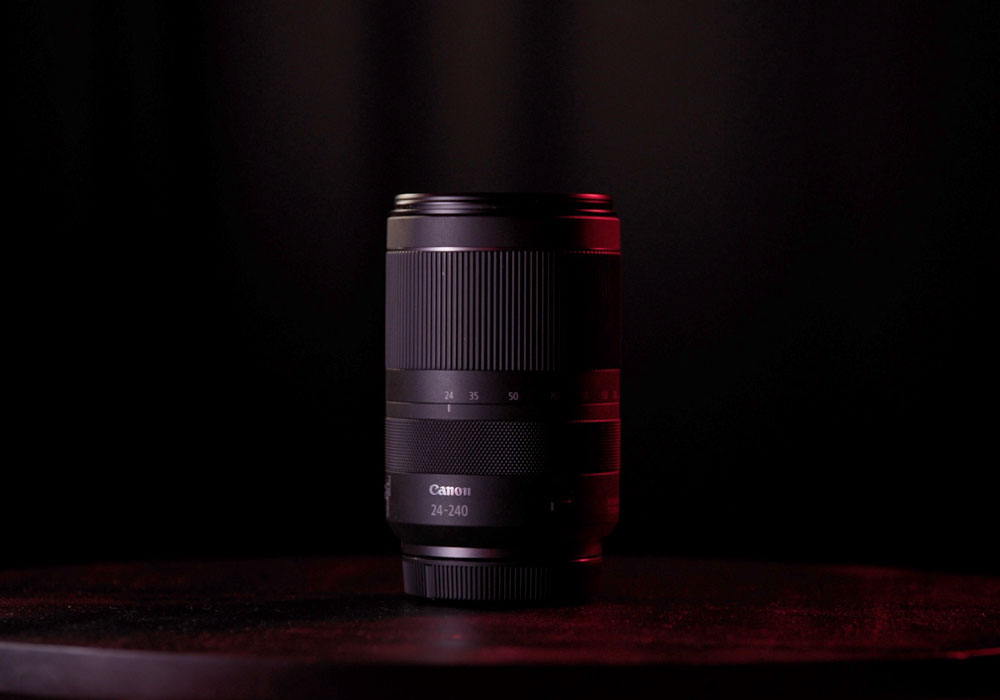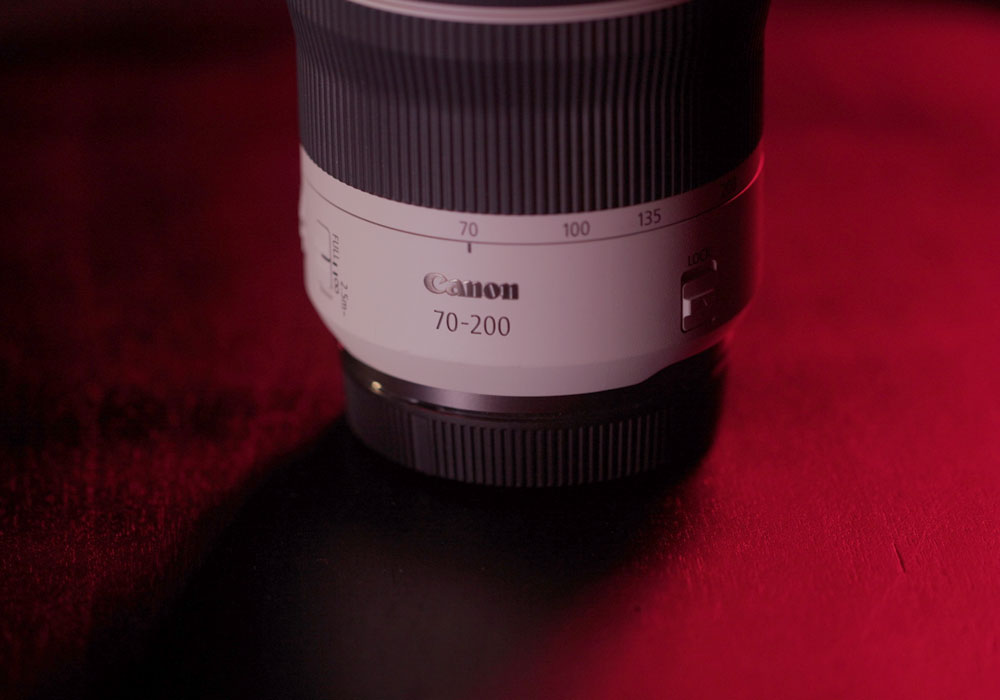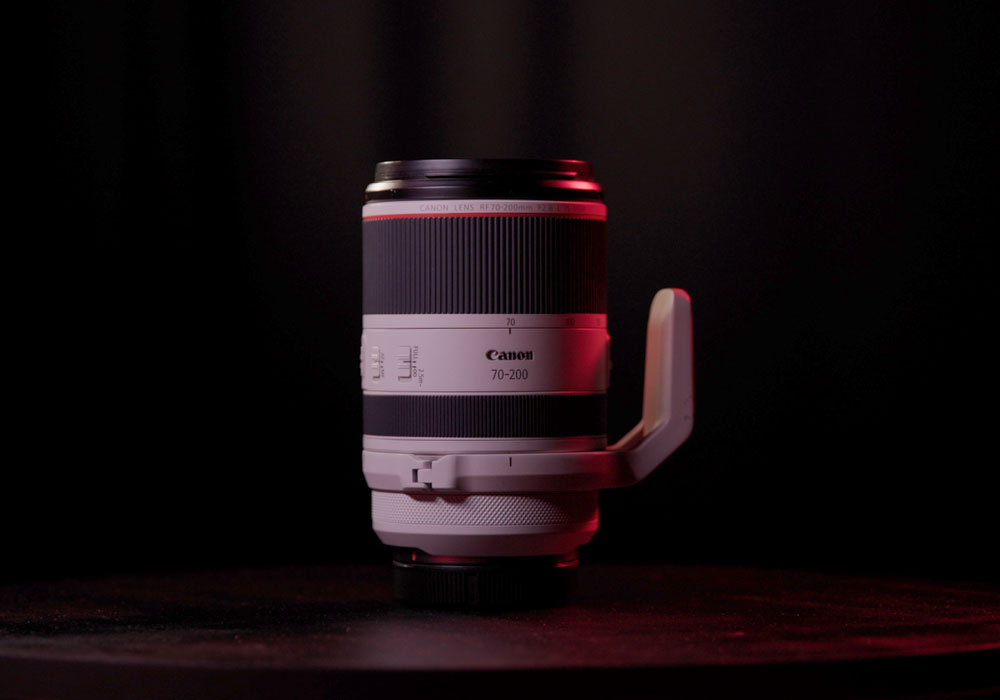- Choosing the best telephoto lens for your Canon camera
-

There’s a lot to consider when choosing a new lens – It can be quite daunting especially if you are new to the photography scene evaluating between the many lenses to choose from. Here are some tips on picking your perfect beginner telephoto lens.
A telephoto lens is designed to capture close-up images of subjects far away in great clarity and detail. Traditionally speaking, focal lengths of 85mm or longer classify as a telephoto lens and are often a fixed focal length. They can help to enhance the visual relationships between the subject and its environment, creating compression in the relationship between the two. You can also utilise these to create that beautiful blurry background for portraits. Roughly speaking, the longer the focal length and wider the aperture, the more of this blur you will get.
These lenses offer narrow perspective, making them ideal for capturing wildlife, sports and events. A zoom lens, on the other hand, offers variable focal length allowing you to zoom in and out to change the field of view.
These terms can sometimes be used interchangeably or together as such;
• Canon RF 600mm f/11 IS STM would classify as a telephoto lens as it’s a fixed focal length of over 85mm
• Canon RF 100-500mm f/4.5-7.1L IS USM would classify as a telephoto zoom lens as it offers a variable focal length of over 85mm

Understanding how to read a lens name can be helpful when trying to decide which lens is best suited for your photography needs. There are different components which break down the compatibility to specifications:
E.g., RF 70-200mm f/4L IS USM
RF - Mount system
70-200mm - Variable focal length
f/4 - Aperture
IS - Stabilization
USM - Motor type
Firstly, understand the focal length as this determines how zoomed in your subject will appear. The longer the focal length, the more magnification you will achieve.
Secondly, we would recommend using a tripod if necessary. Many Canon telephoto and telephoto zoom lenses are portable and lightweight, however you may need to use a tripod or grip with slightly heavier lenses or if you are holding a camera for an extended period of time. For example, if you're capturing sports or waiting for the perfect wildlife shot.

The RF 100-400mm f/5.6-8 IS USM telephoto zoom lens is compact and lightweight, making it the perfect companion for travel and everyday use. Delivering high image quality in a compact design, it provides the ability to photograph closer to subjects such as wildlife and sport from distance.
✓ Compact
✓ Affordable

This 10x optical high magnification zoom lens covers a broad focal length from wide-angle to telephoto making it an all-in-one travel lens.
✓ Compact
✓ Wide focal length

A 70-200 focal length is commonly used for sports, wildlife, and portrait photography. The wide f/4 maximum aperture over entire zoom range and image stabilization makes it great for low-light situations or shooting hand-held.
✓ L series performance and quality
✓ Small and lightweight

This lens is perfect for travel, wildlife, news and sport. Also great for low-light shooting conditions with f/2.8 maximum aperture and image stabilization.
✓ Great lowlight performance
✓ Versatility
✓ Image quality
Capture the action in stills and movies, perfect for entry level DSLR users looking for a telephoto lens with exceptional tracking speed combined with smooth, quiet operation.The new lens design utilises an ultra-low dispersion (UD) lens element to reduce chromatic aberration, for sharp images with outstanding colour & contrast.
✓ Built-in Lens Information Display
✓ Quiet Nano USM for wildlife and sports photography
✓ Compact and lightweight
Watch Patty Lagera put the Canon EF 70-300mm f/4.5-5.6 IS II USM Lens to the test on a Canon EOS 90D DSLR.
Phil Hillyard has captured countless iconic sports moments across 30 seasons of AFL. We go behind the scenes with the Sydney Swans at the Sydney Cricket Ground for a game of Friday night footy.

Canon Photographer Greg Sullavan shares his pro tips on photographing birds in action, with recommended cameras, lenses, settings and techniques.

Learn how to capture the energy, passion and action of live sport with professional sports photographer Phil Hillyard